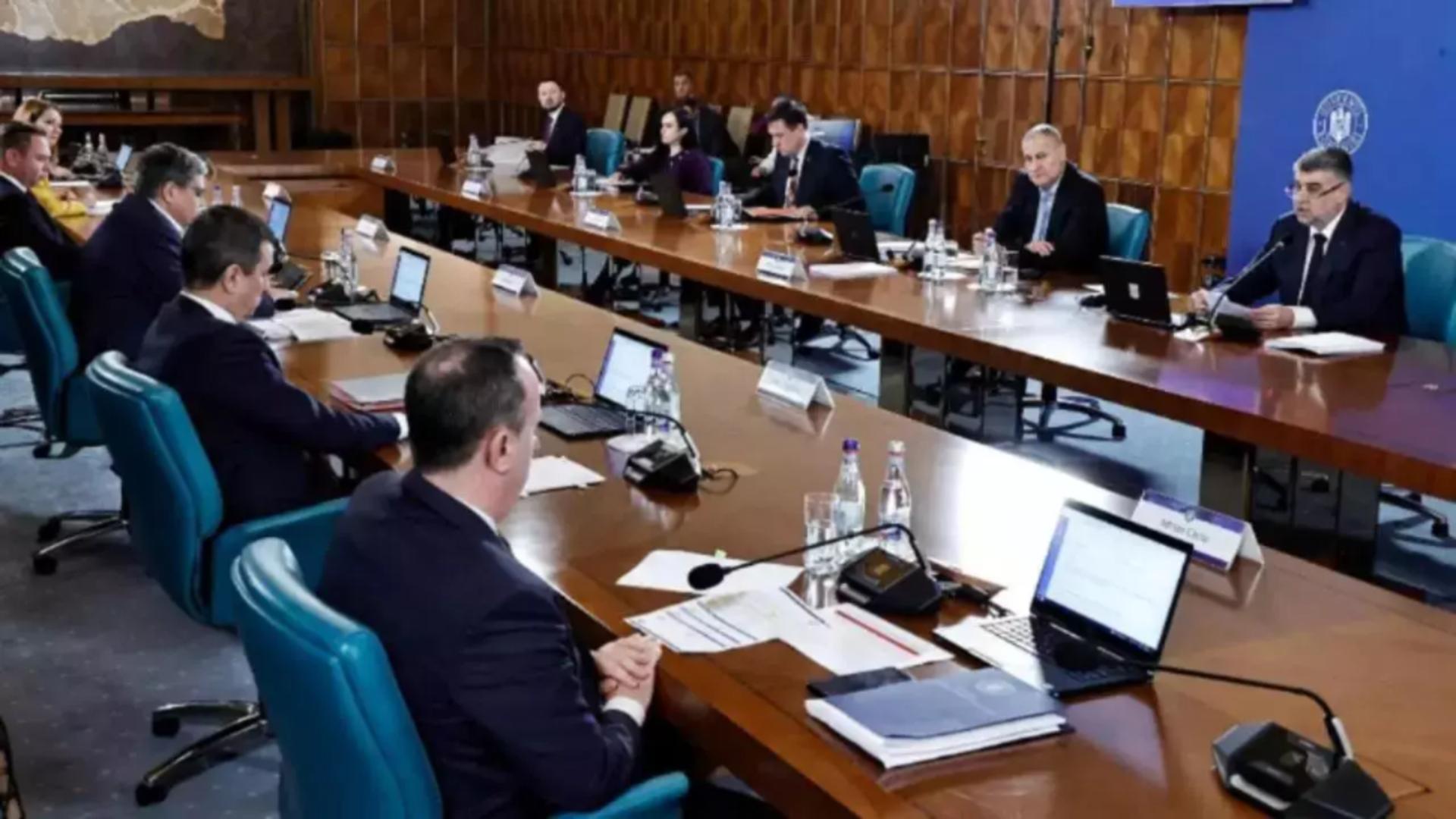When Kane County Sheriff’s Deputy Christopher Ruchaj died of cardiac arrest Feb. 14 at his home, he left behind a large hole in his community.
Of course his unexpected death impacted his three children, two of whom are in college. Which is why Kane County Sheriff Ron Hain last week began a GoFundMe page for these young survivors.
Hain has a special place in his heart for the late deputy for a number of reasons, including the fact the two started on the streets together and were partners for a few years. Ruchaj always understood Hain’s passion for stopping the drugs and guns coming into the area and “let me know I will always back you up,” recalled the sheriff.
But in addition to being a good cop, Hain added, “Chris never had an enemy … he was the one everyone liked,” which is hard to pull off in law enforcement. And Ruchaj found his own passion when he was assigned as the school resource officer in 2022 for Kaneland High School, where his kids graduated, including the youngest a year ago.
“He held that place down … he had a great relationship with staff and with kids,” said Hain. “He was fun to laugh with and to laugh at.”
Ruchaj, of course, also experienced the tougher side of the SRO job, including a fire set in a bathroom at the high school that sent him to the hospital for smoke inhalation. And he was the first on the scene of a fatal accident in August at the entrance of the school on Keslinger Road that involved a student and a motorcyclist.
“Being a school resource officer is such a niche job,” noted Hain. “If you are not fit for it, you do not do well at it. If you take it passionately, you will succeed.”
As it turns out, successful is the way most Fox Valley school districts define their growing and changing security teams.
“We love our SROs” was the phrase I heard repeatedly from local educators, including at three Aurora public school districts, who also praised their relationships with their enforcement partners.
“These school resource officers know our buildings, they know our staff, our kids and our communities,” said West Aurora School District 129 Superintendent Jeff Craig, noting that the positives not only include a more efficient and fair way of handling emergency and negative issues, but the “connections officers make with students” that build familiarity and trust.
“We place a premium on that relationship because it is helping our kids,” he said. “Rather than be regarded as big bad ogres, they become part of the fabric of the school.”
Interestingly, these sentiments run counter to news earlier this year from Chicago Public Schools. A day or so before an estimated 500 attended Chris Ruchaj’s visitation and memorial at Harter Middle School in Sugar Grove, the CPS Board of Education voted to remove all resource officers from its schools by this fall.
Throughout what has been long and heated debates, critics of SROs, including Chicago Mayor Brandon Johnson, insist police in schools do not help keep students safe but instead criminalizes them, particularly minority students, and that a better “holistic” approach would be to put funding into more counselors, social workers and social justice programs.
Hain doesn’t hold back when asked his thoughts on this decision.
Getting rid of SROs is “the dumbest thing a high school could do,” he said, adding that the critics he’s heard on the news “have no idea what they are talking about,” and are simply falling back on what he believes are politically-motivated stigmas against law enforcement.
“They have no idea about the relationships these officers build with kids,” Hain continued, also pointing out that because “a high school is like a little village,” if there are no officers in the buildings, the sheriff’s department “would be responding multiple times during the day.”
Their presence, he insisted, “takes a heavy lift off the entire police force. It is so essential that there is an officer in place for daily operations.”
Heather DiVerde, director of facility operations for Yorkville School District 115, says in her eight years with that district, she’s “never had a bad experience” with an SRO, and “can’t imagine not having one around,” even with seven security officers who are retired from law enforcement.
Because they all train and work together, she said, whenever emergencies arise, “they know how best” to deal with situations, including whether to keep it in-house or turn the issue over to law enforcement.
Yorkville SRO Ryan Goldsmith, who has been at the high school for four years, has created strong relationships with the students that make them feel comfortable going to him, said DiVerde.
“They don’t see the uniform or the gun or his camera. They see him as a person they can trust,” she insisted, adding that Yorkville not only feels “lucky to have our armed security officers in the buildings,” as enrollment grows and buildings expand, the district is looking to add an SRO at the middle school.
Likewise, rather than decreasing their presence, West Aurora is also in discussions about adding more SROs, whose roles, said Craig, have morphed over the years.
Mental health challenges in the community have “somewhat shifted the focus,” he noted, as schools have to be more “proactive” in providing assistance and guidance when issues bubble up.
“It’s a lot more than police work,” Craig said, noting that even smaller downstate school districts, where police departments could be miles away, are acknowledging the need to have an officer on site.
SROs are chosen much like other staff members: Officers who are interested go through an interview process with leaders from the district and the police departments with jurisdiction over the schools “to make sure we have the right ones in our buildings,” said Craig.
According to Marti Neahring, executive director of student and family services for School District 129, West Aurora has one SRO from the Aurora Police Department assigned to the high school, while two others – from the Aurora and North Aurora police departments – cover the three middle schools.
Across town at East Aurora, there are two SROs from the Aurora Police Department at the high school and two at the middle schools.
These SROs become part of larger teams that include safety/security officers – usually retired cops – and other staff members who have no formal law enforcement training but are assigned duties such as hall monitoring and administrative support.
When it comes to the public awareness “see something, say something” mantra, insisted Neahring, “students are our most important vehicle of information. Which is why trust is so important.”
School District 129 safety officer David Fisher was never an SRO himself, but North Aurora’s former police chief has long recognized the role models cops become when they interact with the community. Students are used to having an officer walk among them since middle school, he said, and that can’t help but build trust through their school years.
Fellow District 129 safety officer Jeff Talley agreed. The retired Aurora Police Department sergeant worked with plenty of youth in his 26-year career with the police who lacked an adult male figure at home that could provide “positive mentorship.”
These SROs are “fully invested,” he said, and “go out of their way to make sure these students have what is needed.”
dcrosby@tribpub.com





